Table of Contents
5 Reasons to Switch to Non-Toxic Products
This page may contain affiliate links. We may earn a commission on purchases, at no additional cost to you. Learn more →
Consider the myriad of products you use daily, often without a second thought. The average person uses around 12 personal care products daily, exposing themselves to about 168 different chemicals (EWG). Understanding the importance of non-toxic products is essential in this context, as they play a significant role in a non-toxic lifestyle and underscore the importance of being a mindful consumer.
From the living room to the kitchen, the laundry room to the bathrooms and bedrooms, we interact with countless items daily. Now, imagine walking into a supermarket—how many choices do we make unconsciously, without knowing what’s really in the products we buy? Think about how many of these things might be hiding chemicals you can’t even pronounce.
As a mother and founder of a company dedicated to sustainable practices, I’ve been on this journey myself. I discovered that many everyday products—cleaning supplies, skincare items, even our beloved candles—were filled with harmful toxins. Embracing a non toxic lifestyle has been a crucial part of my journey, highlighting the importance of reducing toxin exposure from various sources for both health and environmental benefits.
In this article, we’ll explore what non-toxic products are, the difference between toxic and non-toxic items, and outline five reasons to switch to non-toxic products.
So, let’s embark on this journey and see how simple changes can lead to a healthier, happier home.
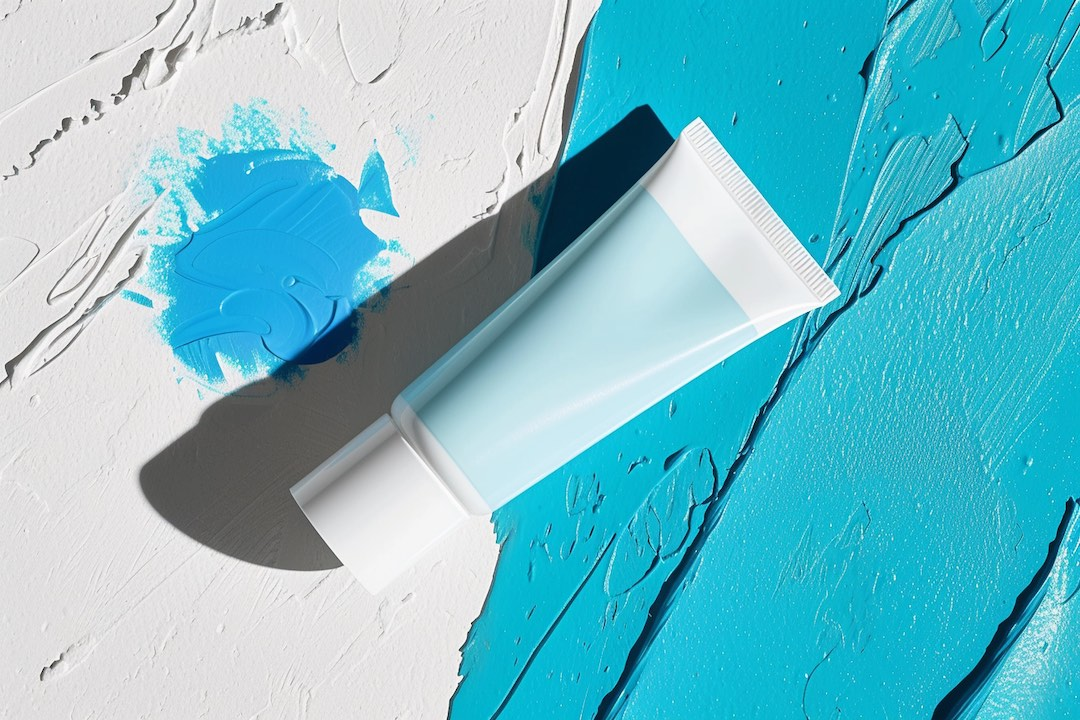
What are Non Toxic Products?
In the past century alone, we've seen an unprecedented rise in the use of synthetic chemicals and materials. Industries and big companies have prioritized cheaper production and mass manufacturing, often at the expense of our health and the environment. From plastics to pesticides, we are now exposed to a myriad of toxic substances daily—substances that didn't even exist a hundred years ago.
Non-toxic products, also known as toxic-free, offer a way to reclaim a safer, healthier lifestyle. These products are designed to be safe for humans, animals, and the environment.
They avoid harmful substances that can cause health issues, such as reproductive harm or developmental toxicity. By choosing non-toxic products, we reduce our exposure to dangerous chemicals that have become all too common in modern life.
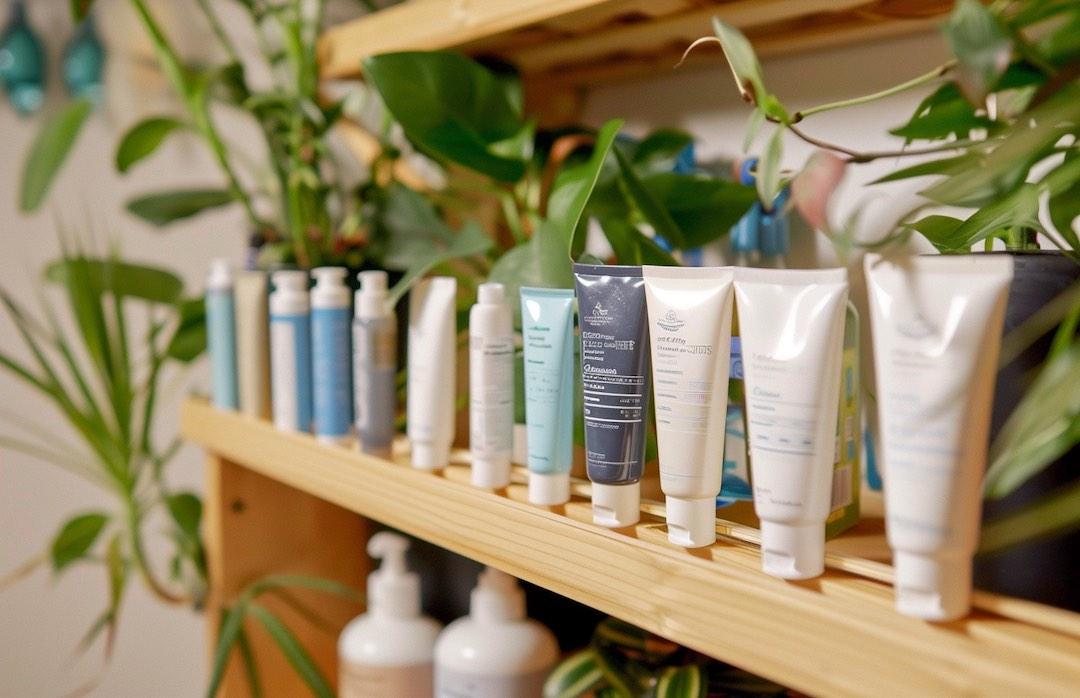
For instance, traditional personal care items often contain parabens and phthalates—chemicals linked to hormone disruption and cancer. Cleaning supplies can include ammonia and bleach, which are harmful to our respiratory system. Even our beloved candles and air fresheners might harbor toxic compounds like formaldehyde and phthalates, which are linked to reproductive issues and birth defects.
Non-toxic building materials, like VOC-free paints and sustainably sourced wood, help create a healthier indoor environment by not releasing pollutants. Even in the realm of energy, non-toxic fuels like hydrogen produce only water vapor when burned, making them a cleaner option for the planet.
Embracing non-toxic products means opting for items that are thoroughly tested and certified to be free from harmful chemicals. They align with standards that prioritize safety over cost-cutting, ensuring they don't release pollutants or cause health risks.
By choosing non-toxic products, you minimize your exposure to harmful chemicals found in many conventional items. This can significantly reduce the risk of health issues, from allergies and asthma to more serious conditions like cancer and heart disease.
As consumers, by supporting small brands that care, we also support a more balanced way of life. By making healthier choices, we also promote a more sustainable and ethical approach to manufacturing and consumption.
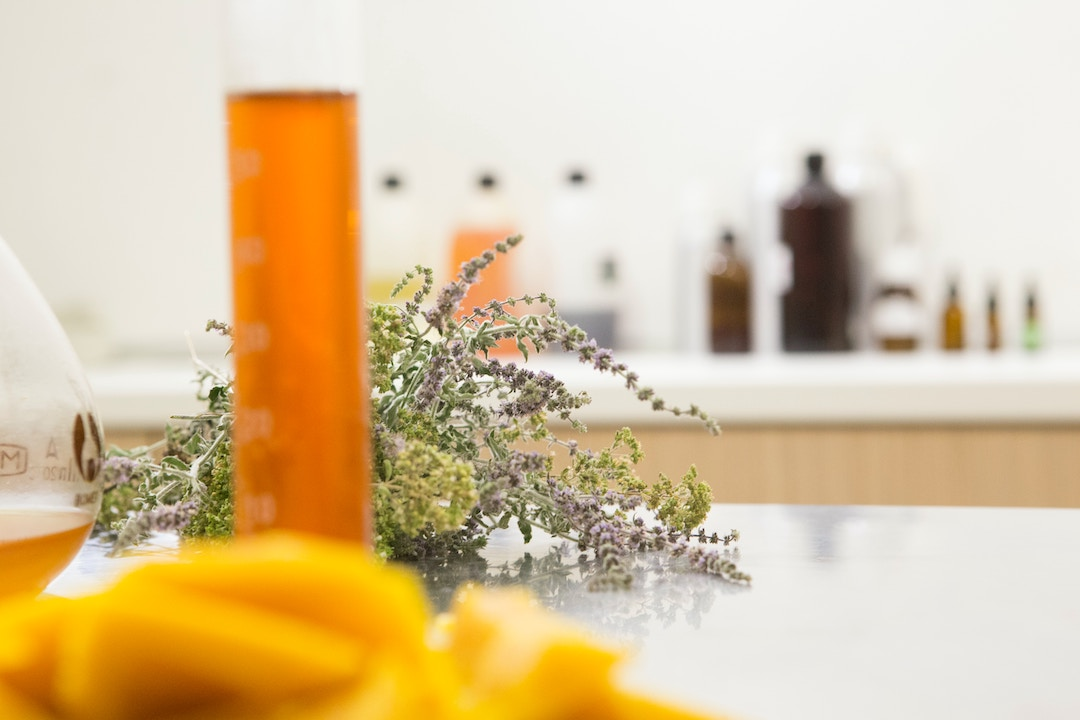
Image by Bee Naturalles
Key characteristics of nontoxic products:
-
No Harmful Chemicals: Non-toxic products are free from parabens, phthalates, and other nasties. These chemicals can mess with your hormones and cause health issues. For more info, check out the EWG guide.
-
Biodegradable Ingredients: They break down easily and don’t harm the environment. It’s good for you and Mother Earth. Baking soda is a prime example of a biodegradable ingredient used in non-toxic cleaning products for its natural cleaning properties.
-
Hypoallergenic: They’re gentle on your skin and reduce the risk of allergies.
Certifications and Standards
When shopping for non-toxic products, look for reliable certifications. These labels mean the product meets safety and environmental standards:
-
Ecocert: A global certification for organic and natural products.
-
Green Seal: Ensures the product meets strict health and environmental standards.
-
USDA Organic: For products that meet rigorous organic farming practices, avoiding synthetic fertilizers and GMOs.
-
EPA Safer Choice: Products that contain safer chemicals, are beneficial for human health and the environment.
-
GREENGUARD: For low-emission products like furniture and building materials, ensuring minimal chemical emissions.
-
EWG Verified: For personal care products free from the Environmental Working Group's chemicals of concern.
-
NSF/ANSI 305: For personal care products with organic ingredients, ensuring specific organic content and processing methods.
-
OEKO-TEX Standard 100: For textiles tested for harmful substances, meeting strict chemical limits.
Natural Does Not Mean Non-Toxic
Toxic Chemicals in Personal Care Products: Many personal care products contain toxic chemicals that can be absorbed through the skin, potentially causing health problems. For example, some shampoos contain formaldehyde-releasing agents, which have been linked to cancer and reproductive issues.
Toxic Chemicals in Cleaning Products: Cleaning products can also contain toxic chemicals that can harm human health. For instance, some all-purpose cleaners contain phthalates, which have been linked to birth defects and reproductive issues.
Toxic Chemicals in Food Packaging: Food packaging can also contain toxic chemicals that can leach into food. For example, some food packaging contains BPA, a chemical linked to cancer and reproductive issues.
Toxic Chemicals in Furniture and Carpets: Furniture and carpets can also contain toxic chemicals that can harm human health. For instance, some furniture and carpets contain flame retardants, which have been linked to cancer and reproductive issues.
Toxic Chemicals in Air Fresheners and Candles: Air fresheners and candles can also contain toxic chemicals that can harm human health. For example, some air fresheners contain phthalates, which have been linked to birth defects and reproductive issues.
Misleading Labels
Just because a product is labeled "natural" doesn’t mean it’s non-toxic. Some "natural" products may still contain harmful ingredients. For example, essential oils in skincare products can cause allergic reactions, and "natural" cleaners might include irritating substances. It’s crucial to look beyond marketing terms and examine what’s inside these products.
Importance of Reading Ingredient Lists
Reading ingredient lists carefully is essential. Don’t rely solely on terms like “natural” to gauge a product’s safety. Ingredients matter, and some harmful substances, including toxic chemicals and E numbers representing ingredients or additives, might be hidden under generic labels like “fragrance” or “perfume,” which can contain a mix of undisclosed chemicals. To reduce toxins in the food you consume, avoiding these toxic chemicals by scrutinizing ingredient lists is crucial.
Certifications and Transparency
To identify truly non-toxic products, look for certifications and focus on transparency from brands. Trustworthy brands will:
-
List All Ingredients: Avoid products that hide behind vague terms.
-
Provide Sourcing Information: Transparent brands disclose where and how their ingredients are sourced.
-
Earn Certifications: Certifications from reputable organizations indicate that products have been independently verified for safety.
Utilizing Resources
Utilizing resources like the Skin Deep Database is beneficial for checking product safety ratings and ensuring that the products are genuinely non-toxic. This database rates personal care products based on their toxicity levels, helping you make informed decisions
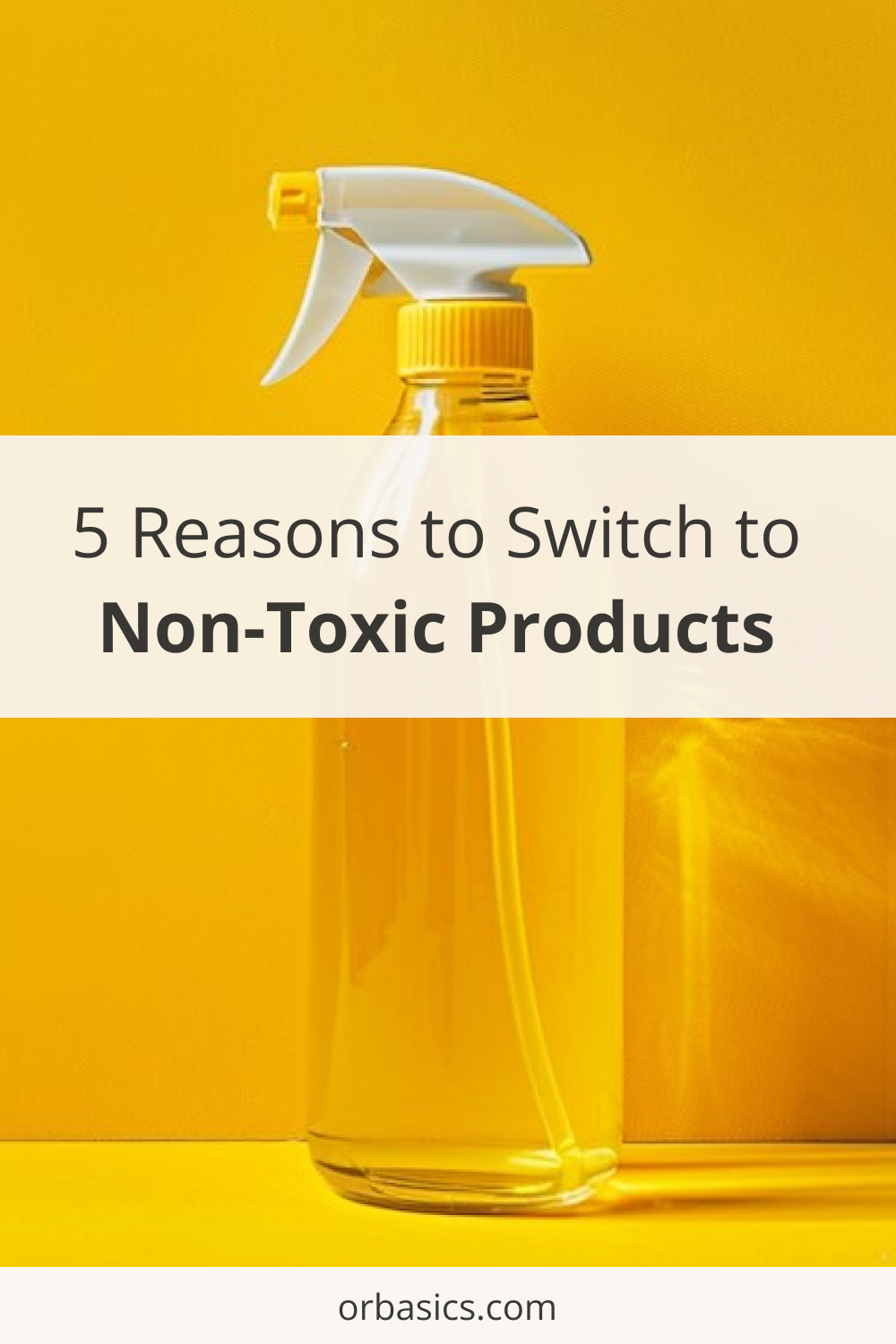
Why Switch to Non-Toxic Products?
Switching to non-toxic products offers a range of benefits, from reduced health risks to environmental impacts. The average person is exposed to millions of toxins daily, making the switch to non-toxic products beneficial for health, the planet, and animals. Here are five reasons why you should make the switch:
1. Protect Your Health by Choosing Non-Toxic Cleaning Products
Many traditional cleaning products and personal care items contain harsh chemicals that can be harmful to your health. Non-toxic products are made with natural ingredients that are gentler on your skin and body, reducing your risk of developing health problems like allergies, hormone imbalances, and even certain types of cancer.
These products also contain chemicals that persist in the environment, causing long-term damage.
-
Drinking Water: Chemicals from household products can find their way into drinking water sources. Even treated water can retain traces of these substances.
-
Marine Life: Chemicals from household products can cause deformities in fish and other marine life. Nutrient pollution can also lead to dead zones in bodies of water.
-
Landfills: Chemicals from household products contribute to pollution and global warming when they end up in landfills.
Switch to non-toxic cleaning products and toxin free dish soap. Choosing products made from natural ingredients ensures a healthier home and a cleaner planet.

2. Breathe Cleaner Air
Many conventional products release volatile organic compounds (VOCs) that contribute to indoor air pollution. According to the EPA, the typical American home has chemical contamination levels 2 to 5 times greater than outdoor air. Non-toxic alternatives, such as VOC-free paints and natural cleaning supplies, help improve indoor air quality, making your home a healthier place to live.
-
Household Cleaning Products: Spraying conventional cleaners releases toxic fumes into the air, which settle on surfaces and carpets. Ironically, the chemicals meant to clean are contaminating our indoor environment.
-
Air Fresheners: Products like sprays, plug-ins, and candles often contain artificial fragrances that can be harmful when inhaled.
-
Off-Gassing: Furniture, mattresses, carpets, and paints can release volatile organic compounds (VOCs) into the air over time, adding to indoor pollution.
To start improving your indoor air quality, stop using air fresheners, review your cleaning products, and consider switching to natural options as your current products run out.
When it’s time to buy new furniture or paint, choose items without harmful chemicals. For tips on improving indoor air quality, visit the EPA’s guide.

3. Love Your Skin with Non-Toxic Personal Care Products
Non-toxic personal care products avoid harmful chemicals like parabens and phthalates, which can irritate the skin and disrupt hormones. Healthier skin is just one switch away. Opting for non-toxic skincare means gentler, safer products that promote healthier skin. Explore safe skincare options through the Skin Deep Database.
Here are some common offenders:
-
Shampoo: Can contain 1,4-Dioxane, a probable human carcinogen, and DMDM hydantoin, linked to hair loss and scalp burns.
-
Deodorant: Often made with hormone-disrupting chemicals like parabens and phthalates.
-
Lipstick: Bright colors can come from toxic heavy metals like lead and chromium.
-
Nail Polish: Many brands use harmful chemicals like formaldehyde and dibutyl phthalate (DBP).
Start by replacing the beauty products you use most frequently and those with the highest toxicity with nontoxic shampoo, clean deodorant, non-toxic lipsticks, clean makeup and toxin-free nail polishes. Over time, find non-toxic replacements for all your favorite products.
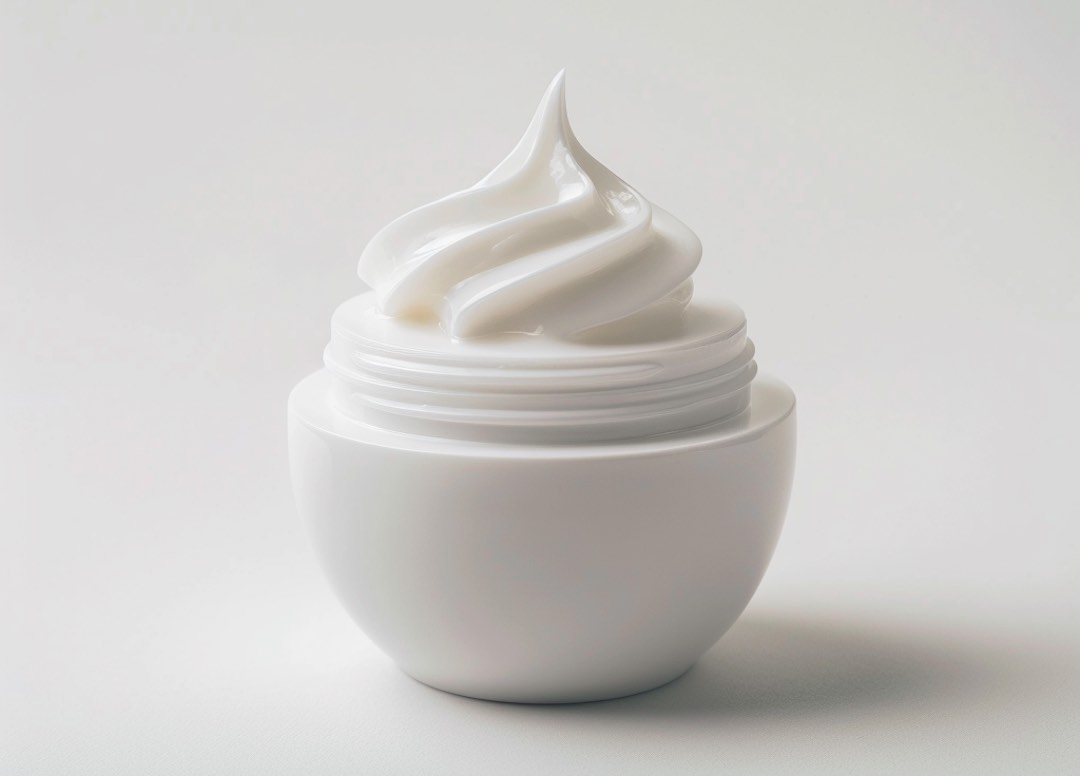
4. Help the Planet
Non-toxic products are often biodegradable and made from renewable resources. They break down easily and don’t harm the environment, making them a better choice for you and Mother Earth.
Incorporating locally grown food into your diet is another way to support a non-toxic, environmentally friendly lifestyle. Sourcing food that's grown in natural environments and within the appropriate season reduces the toxins in the food we consume, though it presents challenges in accessibility and practicality for many.
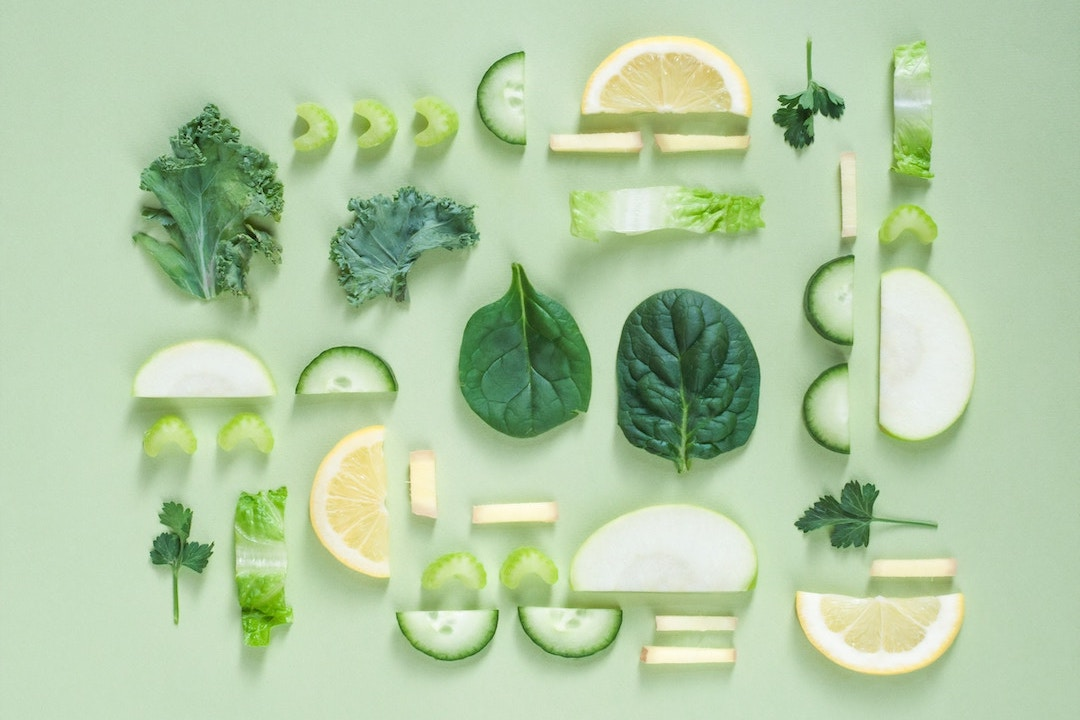
5. Support Ethical Brands
Many non-toxic products come from brands prioritize ethical manufacturing practices, including fair labor and sustainable sourcing. By choosing these sustainable and organic products, you support companies committed to making a positive impact on the world. Look for products with certifications like Ecocert, GOTS, Fair Trade Certified, and many others to ensure you’re supporting ethical brands.
11-Step Plan to Use Non-Toxic Products in Your Daily Life
-
Assess Your Current Products: Take an inventory of all cleaning, personal care, and food products you use regularly. Note which ones contain harmful chemicals.
-
Educate Yourself: Learn about common toxic chemicals found in household products and their health effects. Resources like the Environmental Working Group (EWG) can be helpful.
-
Start with Essentials: Replace the most frequently used and toxic items first. This might include cleaning products, shampoo bars, deodorant, and cookware.
-
Read Labels: Become diligent about reading ingredient labels. Look for products with fewer and more natural ingredients. Avoid products with long lists of unpronounceable chemicals.
-
Look for Certifications: Choose products that are certified non-toxic by reputable organizations. Labels like USDA Organic, Green Seal, and EWG Verified can guide you.
-
Gradually Replace: As you run out of old products, replace them with non-toxic alternatives. This approach is less overwhelming and more budget-friendly.
-
DIY Options: Consider making your own cleaning and personal care products using simple, natural ingredients like vinegar, baking soda, and essential oils.
-
Support Ethical Brands: Purchase from companies that prioritize sustainability and transparency. Your consumer choices can drive demand for safer products.
-
Mind Your Diet: Buy organic produce and meats to reduce exposure to pesticides and hormones. Avoid processed foods with artificial additives.
-
Create a Non-Toxic Home: Use non-toxic materials for home renovations and new furniture. Choose zero-VOC paints and natural fiber carpets.
-
Spread the Word: Share your knowledge and experiences with friends and family. Encouraging others to switch to non-toxic products amplifies the positive impact.
By following these steps, you can significantly reduce your exposure to harmful chemicals and contribute to a healthier environment for yourself and your loved ones.
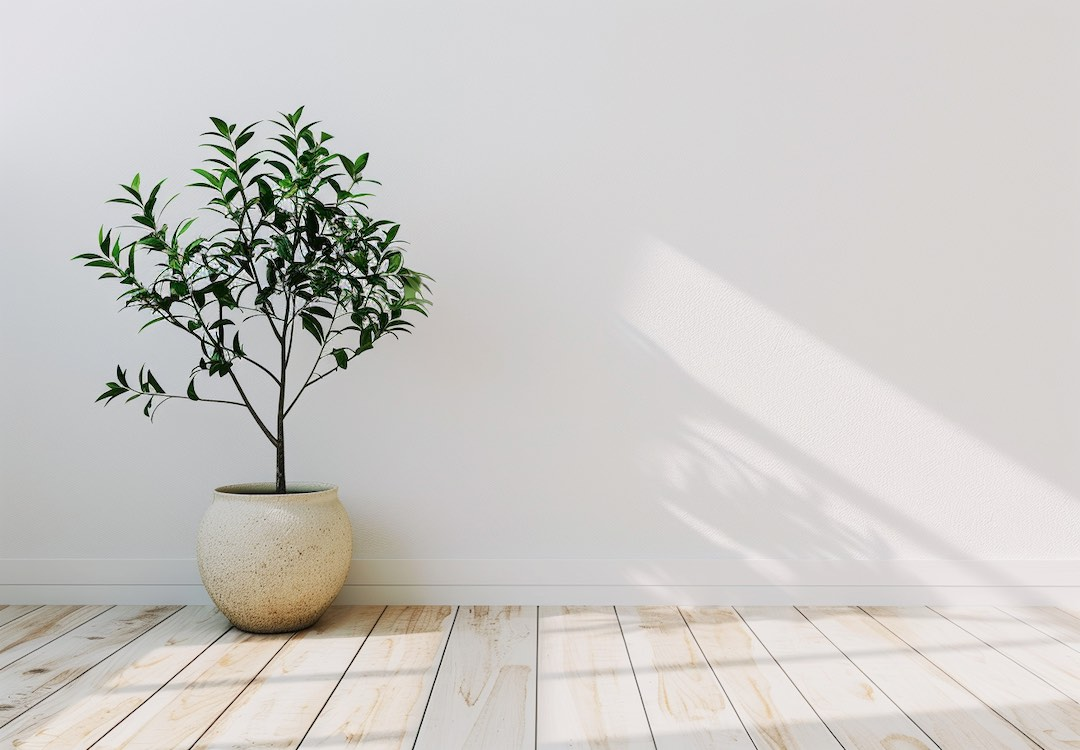
That was quite a deep dive, but such an important one! If you're keen to keep learning about how to create a healthier, non-toxic home, you're in the right place. As a mother and someone deeply committed to sustainable living, I've dedicated myself to sharing valuable insights and practical tips.
Feel free to explore our blog for more articles packed with useful information and tips on living a cleaner, healthier lifestyle. And don’t forget to sign up for my email list – it’s the best way to stay updated with all the latest posts and exclusive content here.
Thank you for joining me on this journey toward a healthier, happier home. Together, we can make small changes that lead to big impacts on our families and our planet.












